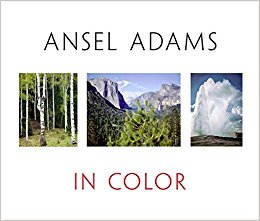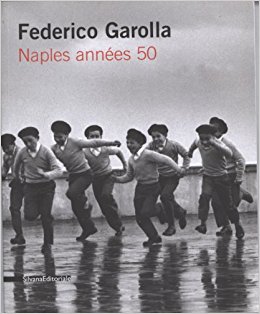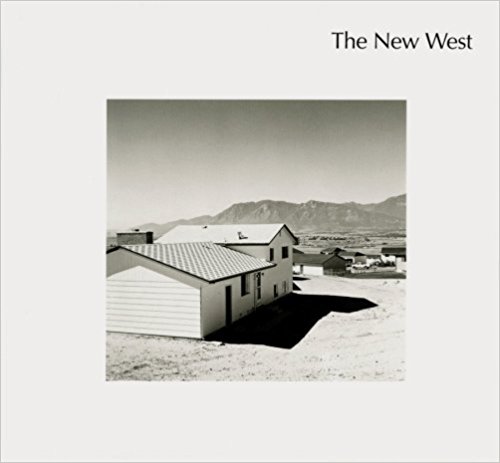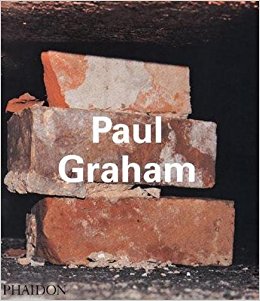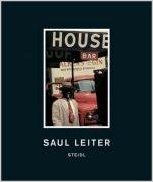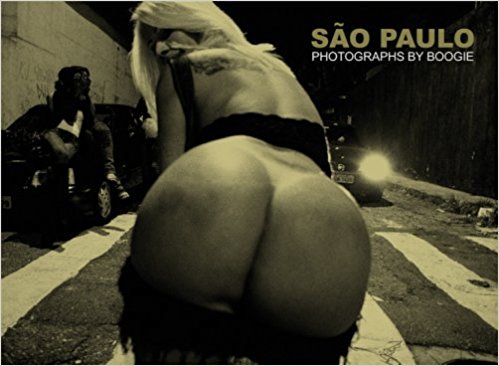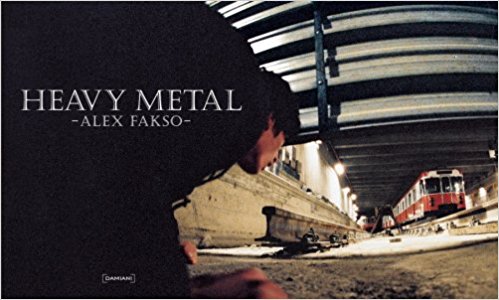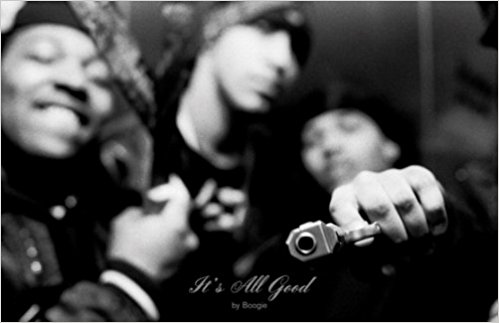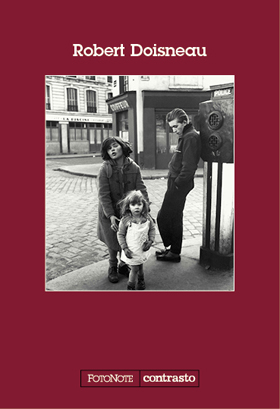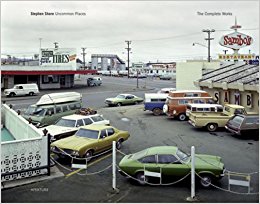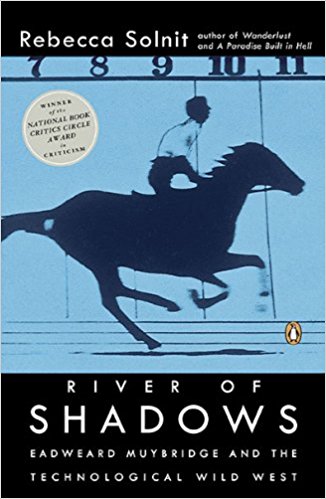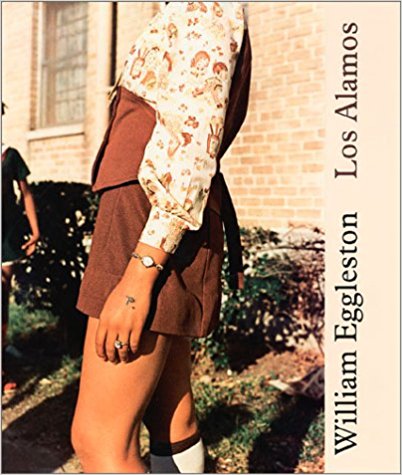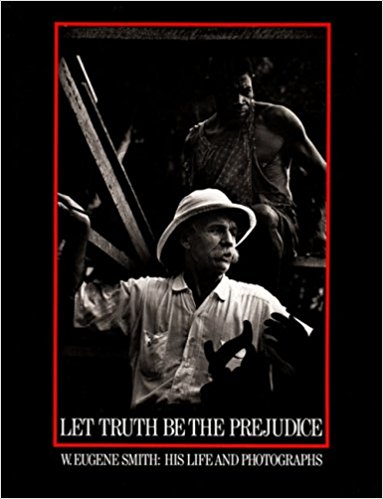Books on Photographers¶
These books contain collections of photographs, either related to a particular type of photography or a particular theme. This section also includes books presenting a collection of photographs by one photographer or related photographers.
A well illustrated biography of Henri Cartier-Bresson, one of the best photographers of the 20th century. It tells of his film work and his life experiences, that led to the development of his own personal aesthetic, the concept of the decisive moment, and the foundation of Magnum Photos.
Renowned as a black-and-white landscape photographer, Ansel Adams began to photograph in color soon after Kodachrome film was invented in the mid 1930s. He made nearly 3500 color photos, several of which were published for the first time in this book.
This book is the first in a series dedicated to Naples, seen through the eyes of photographers of different generations. Their gaze questions the urban landscape, history, culture, society, the newspaper of some neighborhoods.
This book signaled a paradigm shift in photographic representation of American landscapes. Avoiding romanticizing the Western landscape, Robert Adams focused on the construction of tract and mobile homes, subdivisions, and urban areas in Colorado.
Paul Graham brings together portraits, landscapes and interiors from his British, European and Japanese series. It offers a comprehensive survey of his work, providing analyses and multiple perspectives on contemporary art and its inspiration.
Since the 1940s, Saul Leiter has trawled the streets of New York, capturing its colors and spirit. His liking for disarray, solitude and elusiveness make him a unique artist.
erbian street photographer, Boogie has a rare talent for documenting the human condition. Sao Paulo features his remarkable impressions from one of Brazil’s poorest and most troubled urban metropolises.
The Italian photographer Alex Fakso brings us behind the scenes of the secretive and low-down-glamorous world of European graffiti art, documenting the daily and nightly lives of that continent’s most celebrated street artists.
A gritty, graphic, and gripping exposé of the underworld and its inhabitants, It presents the predators and the prey in the drug game today. Shot in New York City’s most notorious neighborhoods.
Collection of photographys taken by the photographer, Robert Doisneau, a French photographer in Paris from the 1930s. He was known for humanist photography and a pioneer of photojournalism, along with Henri Cartier-Bresson.
Stephen Shore: Uncommon Places
These full-color shots comprise Stephen Shore’s serial project of the 70s, documenting roadside America with a dispassionate, Andy Warhol-like emptiness with shots of prairies, parking lots, polyester-clad couples and plastic hotel furnishings.
Although the author focuses on Muybridge, her true subject is the perceptual revolution of the 19th century when the railroad, the telegraph and the camera transformed the experience of space and time.
These photos contains the basis of Eggleston’s aesthetics, his subtle use of subdued color hues, the casual elegance of his observations of the mundane. They were shot in Memphis and on many road trips in the American South in the 1960s and 1970s.
This book documents the life and work of W. Eugene Smith, a man whose work expanded the range and depth of photography, bringing new aesthetic and moral power to the photo essay.

